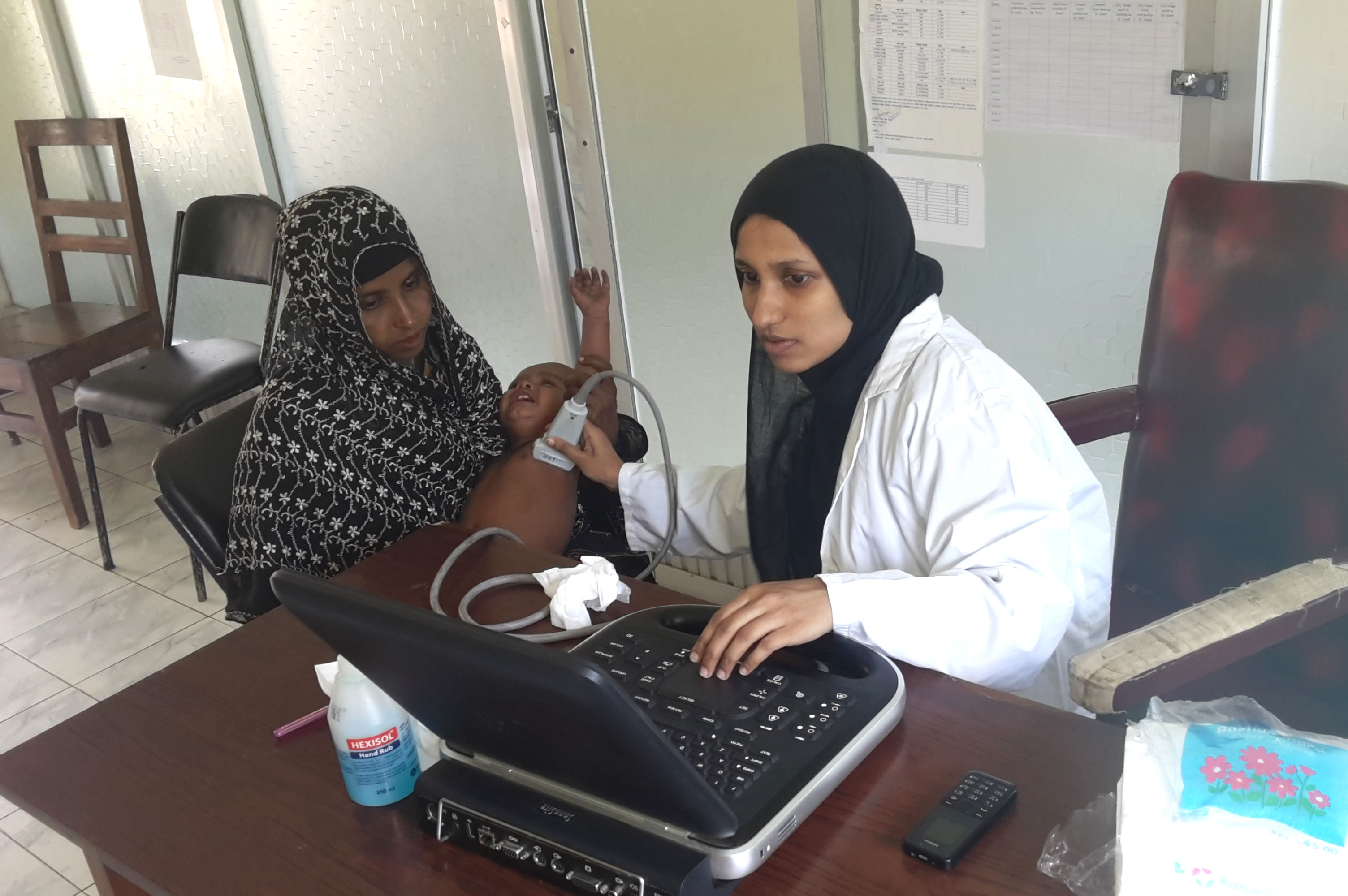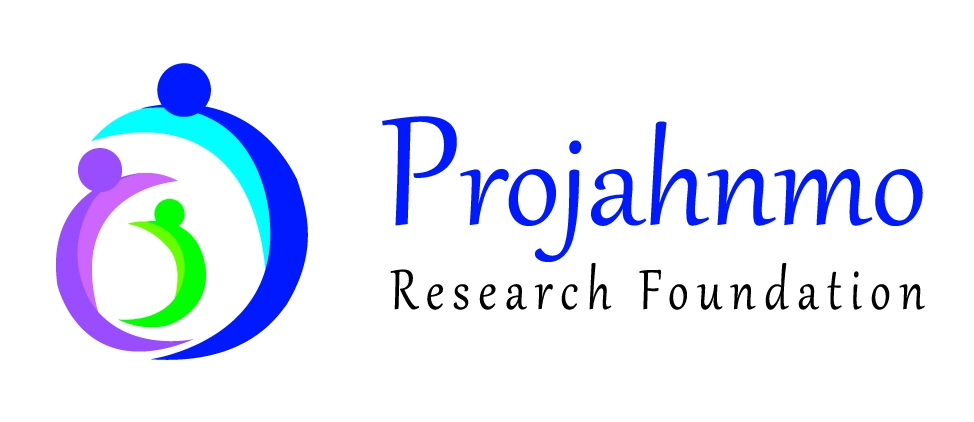
Pneumococcal Conjugate Vaccine (PCV) Impact Assessment in Bangladesh.
This was a population-based prospective community- and facility-based observational study with a number of nested studies including incident case-control and incident trend studies to evaluate the impact of introduction of 10-valent pneumococcal conjugate vaccine (PCV10) into Bangladesh national routine immunization program beginning in March 2015. The study was conducted in ~770,000 population containing ~90,000 <5 children in three subdistricts of Sylhet, Bangladesh (Zakiganj, Kanaighat and Beanibazar).The study had five main objectives: 1) To collect data on community-based pre-PCV incidence rates of invasive pneumococcal diseases (IPD) in 0-59 month-old children in Sylhet, Bangladesh; 2) To evaluate the effectiveness of PCV10 introduction on Vaccine Type (VT) IPD in 3-59 month-old children using an incident case-control study design. Secondary aims include measuring the effects of PCV10 introduction on all IPD in 3-59 month-old children using case-control study design, and quantifying the emergence of Non Vaccine Type IPD; 3) To evaluate the effectiveness of PCV10 introduction on chest radiograph-confirmed pneumonia in children 3-35 months old using incident case-control study design. We have estimated the incidence trend of clinical and radiologically-confirmed pneumonia in 3-35 month-old children in the study area before and after introduction of PCV10; 4) To determine the feasibility and utility of lung ultrasound for the diagnosis of pediatric pneumonia in a large sample of children in a resource-limited setting. We have also evaluated the effectiveness of PCV10 introduction on ultrasound-confirmed pneumonia in 3-35 month-old children using an incident case-control design and to examine the incidence trend of ultrasound-confirmed pneumonia in 3-35 month-old children in the study area before and after PCV10 introduction; and 5) To determine the direct and indirect effects of vaccination status on nasopharyngeal colonization on VT pneumococci among children with pneumonia.
Between January 2014 and June 2018, children aged 3-35 months in Sylhet district of Bangladesh were visited every two months to collect morbidity and care-seeking data. Children attending sub-district hospitals with pneumonia, meningitis, or sepsis were assessed for IPD after obtaining informed consent. Blood and cerebrospinal fluid were collected from enrolled children to isolate pneumococcus using culture and molecular tests. Vaccine-eligible children with pneumococcus isolated were enrolled as cases. Four age and sex-matched clinic and community controls were selected for each case within two weeks of case identification. Data on immunization status and confounders were collected. PCV coverage was estimated using vaccine coverage surveys. Case-control and incidence trend analyses were conducted to assess the impact of PCV on IPD (Inessive Pneumococcal Diseases).
The community cohort yielded 217,605 child years of observations and 46,013 child-visits to study hospitals. Pneumococcus was isolated from 44 children who were age-eligible to receive PCV; these children were enrolled as cases. The cases were matched with 166 community- and 150 clinic-controls. The matched case-control analyses using community-controls showed 83% effectiveness (95% CI: 1.57% to 97.1%) and clinic controls showed 90% effectiveness (95% CI: -26.0% to 99.1%) in preventing IPD. Incidence trend analysis estimated vaccine effectiveness at 80.1% (95% CI: 38.4, 93.6). It was concluded that PCV-10 in this pediatric population in Bangladesh was highly effective in preventing IPD.
In X-ray component, a total of 1,461 cases were matched with 3,065 clinic and 2,973 community controls. Adjusted vaccine effectiveness (aVE) with clinic controls was 23·0% (95% confidence interval, 3·1%, 38·8%) for at least two PCV10 doses and among 3-11 month olds was 33·0% (7·7%, 51·4%) for at least two doses. Among community controls aVE was 25.9% (-1·1%, 45·7%) for at least two doses. aVE increased with higher numbers of doses among all clinic control sets (p<0·001) and among 3-11 month olds in community control sets (p=0·037).
So, PCV10 vaccine prevented radiographic-confirmed pneumonia among children in Bangladesh, with the greatest protection achieved among 3-11 month olds.
In lung ultrasound component a total of 9051 children (average age 13.3 months, 58% boys) with clinical pneumonia were evaluated by lung ultrasound; 9038 (99.9%) studies were read by a panel of two GPs and one expert; 2498 (27.6%) were found to have sonographically-confirmed pneumonia; 1832 cases were matched with 3696 clinic controls; and 1839 cases were matched with 4238 community controls. We found a size-response relationship between adjusted VE and consolidation size (p<0.01). The adjusted vaccine effectiveness of ≥2 doses vs. non-recipents of PCV10 against sonographically-confirmed pneumonia with consolidation size ≥1.5 cm was 29.6% (95% CI 12.8 – 43.2%) using clinic controls and 23.5% (95% CI 4.4 – 38.8%) using community controls.
So, this study also shows that PCV10 prevented pediatric pneumonia with a sonographically confirmed consolidation of ≥1.5 cm in size. Our study demonstrates that point-of-care ultrasound is a useful tool for vaccine effectivness studies against pneumonia.
This study was funded by the Bill & Melinda Gates Foundation and GlaxoSmithKline.
